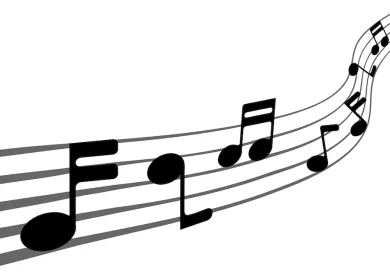The United States Supreme Court recently denied certiorari in Johannsongs-Publishing, Ltd. v. Peermusic Ltd., et al, bringing an end to a copyright infringement suit relating to Josh Groban’s 2003 song You Raise Me Up. Notably, in declining to hear a challenge to the Ninth Circuit’s ruling that Groban’s song did not constitute infringement, the Court left in place a circuit split as to the applicable test for assessing substantial similarity between two works of authorship.
Petitioner Johannsongs holds the copyright to the 1977 Icelandic song Söknuður, which according to Johannsongs is Iceland’s “most famous” and “best-selling” song. Johannsongs filed the lawsuit in 2018 against several corporations involved in the publishing and sale of Groban’s song, including UMG Recordings and Warner Bros. Records, specifically alleging that the melody and lyrical themes of You Raise Me Up infringed on the Icelandic hit.
Defendants successfully moved for summary judgment. The district court referenced the Ninth Circuit’s two tests that a plaintiff must satisfy in order for works to be substantially similar: the “intrinsic test,” which “test[s] for similarity of expression from the standpoint of the ordinary reasonable observer, with no expert assistance,” and the “extrinsic test,” which “compares the objective similarities of specific expressive elements in the two works and often requires expert analysis.” However, since the district court noted that only the extrinsic test can be applied at the summary judgment stage (as jurors at trial are deemed to best represent the “reasonable observer” needed for the intrinsic test), its ruling was solely based on the extrinsic test, taking into account the dueling expert reports offered by the parties.
The key reason the district court sided with the defendants’ expert report over Johannsongs’s is that, in the court’s view, only the defendants’ expert had properly “filtered out” prior art. Because findings of substantial similarity cannot be based on unprotectable elements of a work (such as elements derived from works that are in the public domain), the extrinsic test requires courts to filter out these unprotectable elements before assessing similarity. Crucially, the defendants’ expert pointed out that the 8-note sequence in Söknuður that Groban’s song allegedly shared was actually derivative of the late nineteenth- and early twentieth-century Irish folk tunes Londonderry Air and Danny Boy, which are both in the public domain. Johannsongs’s expert, rather than eliminating these derivate elements from its analysis completely, tallied up the number of similarities between Söknuður and Groban’s song and compared that tally to the number of similarities between the songs at issue and the prior art—an approach the court deemed “unhelpful” and “inadmissible.”
Johannsongs thereafter appealed the summary judgment ruling to the Ninth Circuit, which affirmed the district court’s order in a short, unpublished opinion. In Johannsongs’s petition for certiorari to the Supreme Court, it called on the Court to weigh in on a split among the circuits as to the proper test for substantial similarity. It urged the Court to adopt the approach of the Second Circuit (which is followed by the Third, Fifth, and Seventh Circuits) that primarily asks whether a lay observer would view the two works as substantially similar. Though the Second Circuit approach still necessitates a “more discerning” inquiry when comparing works that contain both protectable and unprotectable elements (i.e., still requires assessing whether the protectable elements, standing alone, are substantially similar), it does not fully align with the Johannsongs-Publishing, Ltd. district court judge’s decision of filtering derivative elements entirely out of the inquiry. Instead, the Second Circuit approach examines the works’ “total concept and feel.”
The Second Circuit approach, Johannsongs contended, is superior to the intrinsic/extrinsic approach of the Ninth Circuit (as well as the Fourth and Eighth Circuits) when it comes to musical works because it avoids having experts analytically “dissect” the works into separate components. And drawing from some of the Supreme Court’s discussion in the 2021 Google v. Oracle Am., Inc. opinion, Johannsongs further argued that the test for substantial similarity should not necessarily be the same across different types of works of authorship. Johnansongs wrote: the Ninth Circuit has “taken a test judicially created in the context of whether a McDonald’s commercial infringed the copyright of H.R. Pufnstuf’s children’s television show . . . and assumed they should follow the same procedure with respect to a musical composition.”
Though the Supreme Court leaves this particular circuit split in place, it nonetheless will be addressing disagreement among the lower courts regarding copyright law this term. In Andy Warhol Foundation for the Visual Arts, Inc. v. Goldsmith, the Court is taking up the issue of how courts should assess whether a work of art is “transformative” for purposes of fair use under the Copyright Act.


 />i
/>i

